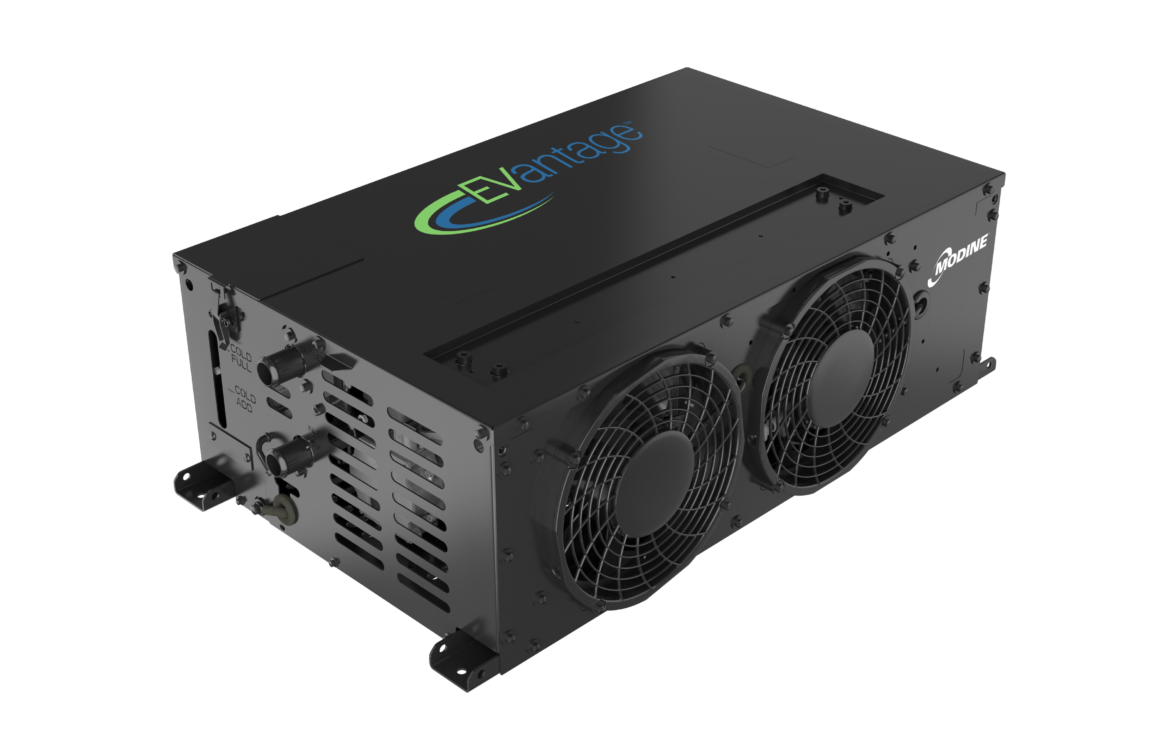
How a BMS Works with a BTMS
To ensure a vehicle operates at its optimal performance, a Battery Management System (BMS) and Battery Thermal Management System (BTMS) need to work together to keep the battery packs at their optimal temperature range—typically 20°C to 45°C. Healthy battery temperatures set the electric vehicle (EV) up for extended range, longevity, and performance.
The BMS is critical in maintaining healthy battery temperatures and keeping the vehicle safe. It is a multi-faceted computing system that monitors and regulates the battery packs’ health, state of charge, voltage, and current through connected sensors. It also calculates the vehicle’s range by monitoring the current entering and exiting battery packs. The sensors can monitor at the cell level. It measures and estimates the amount of current the battery packs have and the distance they can travel.
A BMS supports the maintenance of the battery temperature, and two common mechanisms are a battery cooling plate or direct cell immersion system.
- The cooling plate pulls heat from the battery cell through conduction and transfers it to a coolant running along its channels. There are two common battery plate types: Serpentine Cooling Plate (SCP) and Rectangular Cooling Plate (RCP). These plates are part of the BMS for optimal temperature regulation.
- Direct cell immersion is the other mechanism that maintains the battery cells’ temperature. It occurs when a sealed battery module is flooded with coolant, and the battery pack’s architecture allows coolant to flow directly through the battery pack to every individual cell. This method is effective because the conditioned coolant touches all the battery cells.
A vast majority of battery packs in commercial electric vehicles are liquid-cooled. Liquid-cooled battery packs typically need a 50/50 glycol and water mix medium, also known as coolant. With them being liquid-cooled, the BMS requires the coolant to maintain the optimal temperature range. If the battery packs go outside the optimal temperature range, the BMS mitigates that by either slowing down charging or discharging and engages the BTMS. When that sensor indicates the battery pack temperature is increasing or decreasing, it communicates to the vehicle’s ECU. The vehicle’s ECU sends a message to the BTMS’s controller to activate the appropriate mode to maintain the temperature.
The BTMS also plays a critical role in ensuring the battery packs’ optimal temperature range is met. It has three modes of operation by means of coolant loops: active cooling, passive cooling, and active heating. These coolant loops are comprised of heat exchangers and smart electric components, and are selected by a thermal master controller.
- Active Cooling Loop: When the battery pack’s temperature rises above the ambient air, the BTMS’s active cooling loop engages. The active cooling loop is a refrigerant circuit that conditions the coolant to the desired set point.
- Passive Cooling Loop: The passive cooling loop activates when the battery temperature is below the ambient temperature but outside the battery pack’s optimal temperature range. The passive cooling loop comprises a radiator and smart electric components – an intelligent electric pump, coolant valve, and fans. This loop’s radiator rejects heat from the coolant to ambient air, and an array of fans increases airflow through the radiator to maximize heat transfer. The fan array will use less power than the refrigerant loop in the active cooling loop, which minimizes power draw.
- Active Heating Loop: The BTMS’s active heating loop activates in colder climates. For example, when a vehicle has been sitting idle in a colder climate, the battery becomes cold-soaked and must be pre-conditioned to the desired set point. Pre-conditioning a battery pack would comprise warming the packs to an optimal temperature range before they are driven or charged. The active heating loop comprises a HV coolant heater for instantaneous heating.
Together, the BTMS and BMS work to keep the battery packs functioning properly. Modine’s EVantage Thermal Management Systems offer BTMSs for any commercial, industrial, off-highway, or specialty electric vehicle. The Air-Cooled Condenser (A-CON) BTMS offers all three coolant loops to condition the vehicle’s battery packs. The smart control system of the A-CON BTMS continuously compares the battery coolant temperature to ambient temperature. It automatically selects the most efficient mode of operation while minimizing power draw.
If you want to learn more about the A-CON BTMS, contact a team member for more details.





